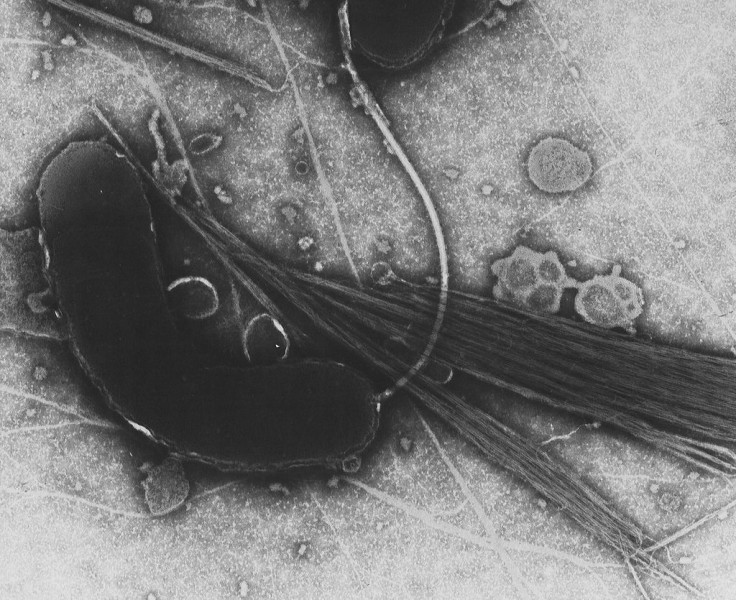Cholera Outbreak: Iraq Confirms 13 Cases, Dozens Of Suspected Infections
KEY POINTS
- Iraq health officials confirm 13 cases of cholera
- More suspected cases are being analyzed
- Cholera remains a global threat to public health
A cholera outbreak in Iraq has infected 13 people, with the number likely to go up further as dozens more are suspected to be ill.
Among the 13 cases, 10 were reported in the province of Sulaimaniyah, while one was recorded in neighboring Kirkuk and two in Muthanna, reported AFP. There have been no reported deaths, but it's possible that more cases may be logged. In Sulaimaniyah, for instance, 56 suspected cases are still being analyzed.
Just within the past six days, "around 4,000 cases of diarrhea and vomiting have been recorded in Sulaimaniyah hospitals," Sabah Hawrami, the district health chief in the autonomous Kurdistan region, said in a press conference. "Cholera is a terrible illness but can be easily treated. We can save lives in a matter of hours."
Cholera remains a global threat to public health. It is a diarrheal illness caused by ingesting food or water that's contaminated with the Vibrio cholerae bacteria, according to the U.S. Centers for Disease Control and Prevention (CDC). Cholera infection is "often" mild or even without symptoms. And if it's treated quickly, the patient will recover "without long-term consequences."
However, the disease can still end up being serious or even "life-threatening." According to the World Health Organization (WHO), a "minority" of patients can develop watery diarrhea with severe dehydration.
"If left untreated, severe dehydration can lead to shock, coma, and death within hours," noted the CDC.
Such severe cases require "rapid treatment with intravenous fluids and antibiotics," according to the WHO.
Even with cholera's long history dating back to the 19th century, cases have continued to remain high. In fact, it is estimated that there are 1.3 to 4 million cases of cholera each year, with 21,000 to 143,000 deaths worldwide attributed to the disease.
The last time Iraq had a "broad outbreak" was in 2015 when hundreds of people fell ill in Baghdad and Babil. In Sulaimaniyah, however, the last cases were reported even further back in 2012.
"Cholera remains a global threat to public health and an indicator of inequity and lack of social development," noted the WHO.
In 2017, the organization launched its "Ending Cholera: A global roadmap to 2030" campaign with a goal to reduce cholera deaths by 90% and eliminate the disease in up to 20 countries by 2030.

© Copyright IBTimes 2024. All rights reserved.






















